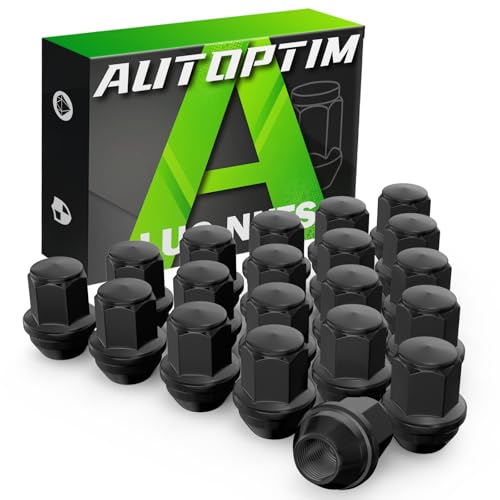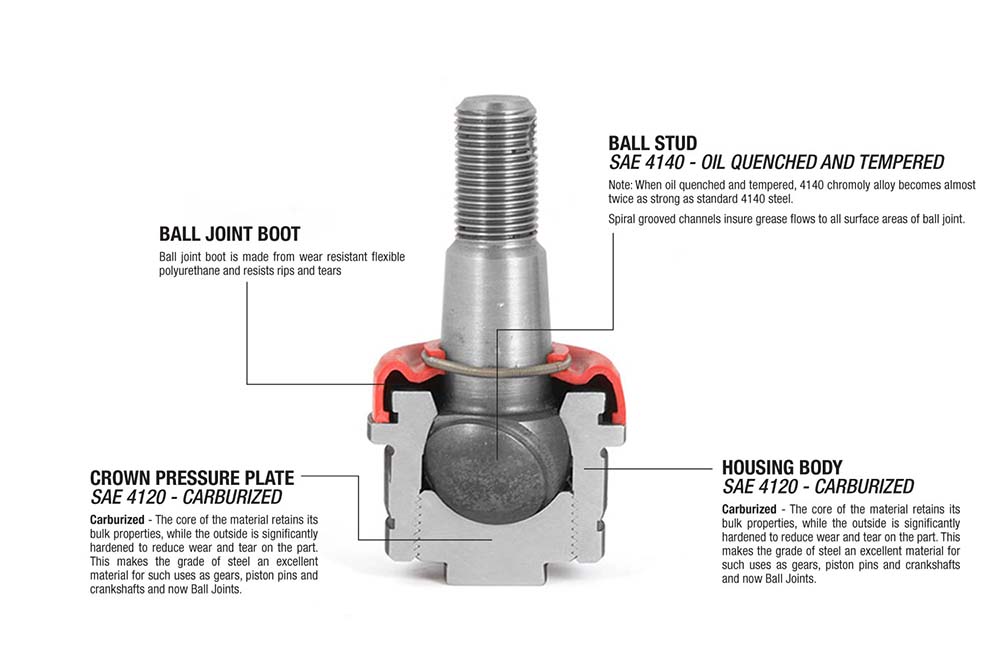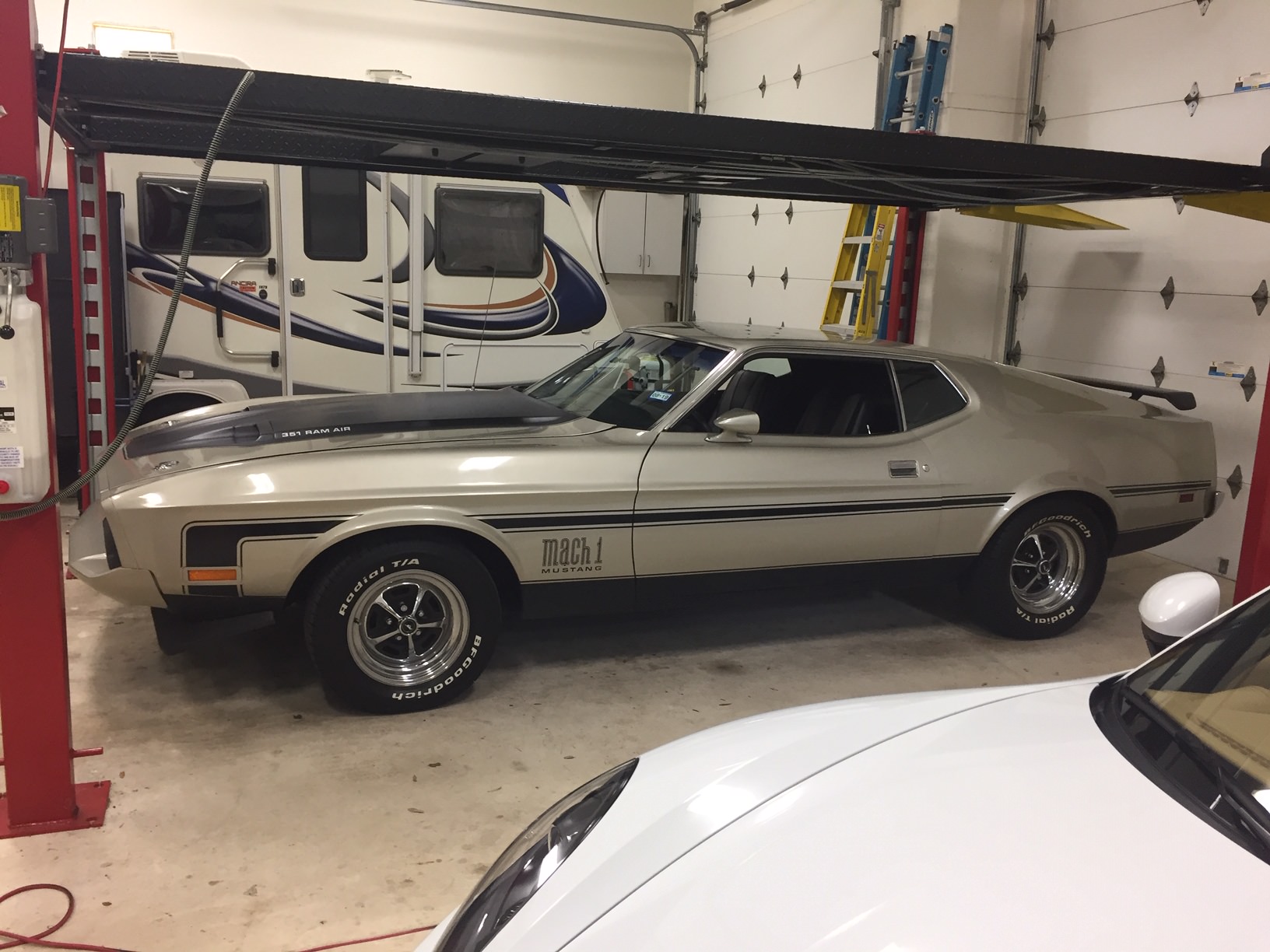- Joined
- Aug 14, 2014
- Messages
- 4,542
- Reaction score
- 1,588
- Location
- Madison, WI
- My Car
- 1971 Mach 1 w/408C stroker
Sounds that you did a lot of work. Can you post pictures? I especially would like to see the rack and pinion mod. How is the installation of the rack?Hello,
I have a 71 mach 1 that has been undergoing a total overhaul of the powertrain and suspension and I recently took it on a test drive for the first time. I did the complete front end coilover varishock conversion along with the power rack and pinion steering, and the leaf spring and panhard rod plus sway bar rear suspension. All total control products hardware. I went with the 500 pound coil springs as the man at tcp suggested. 100% street driven. Big block 429 c6 auto.
My impressions of the end results going from factory ford suspension and steering to total control gear is this;
Factory: stiff and rubbery all at the same time, worst of both worlds. Hated it. Very dissapointing.
TCP upgraded gear: solidly controlled, not harsh, not bouncy, just right. Feel the road but not the bumps.
With varishocks on softest setting. Might try a little stiffer but not much. I preffer stiff springs and relaxed shocks on the street. Incredible improvement, very very pleased.
The steering is much improved also. Gone is the Lincoln / thunderbird
excessively easy one finger steering. Not a numb and over driven
Or over sensitive feel. I was afraid it would be twitchy , but it was not.
I really really like the change. The softer steering is what you might want on a personal luxury type car because it adds to the smooth and easy gliding feel of those cars. It feels out of place on a mustang.
The TCP rack is a better and I would say also a safer steering box. You are simply more in control as you drive.
Rear suspension: The car feels much more under control and planted.
Handles power well when nailing the throttle. Love it. No bounce and not rough.
Is it as good as a modern muscle car like a new mustang or Challenger?
No I would not say that.
Is it better than factory? Yes In a huge way. No question about it.
No comparison. It is superior in every way, there is no draw back or trade off
Except that it is no longer original. To me, if the factory suspension is very poor
And therefore not of any value. I have zero qualms about modifying it because I
Hated how it drove before. I say this about a factory 429 ram air car. Some people
would never consider modifying a cat of this value but it was so
flawed from the factory that it was an easy decision.
I also removed the original iron 429 motor and replaced it with
An all aluminum big block. I am sure the weight savings made
An improvement as well and contributed to the overall dynamic
improvement. I reckon it weighs around what a 351 clevland weighs.
I changed it all at once and the net effect was dramatically improved.
Before it felt like a heavy car but now it does not have that sense of mass
When you are moving along curvy roads.
I just wanted to add that I experienced no vibration or any harshness
I was expecting it to beat me up a little but I'd does not with the softer setting.
I was happily surprised that it really felt like the goldilocks just right feel I was hoping for.
I hope this helps anyone considering this upgrade.
I have no experience with any other companies products
For these years mustangs so I can not compare them.
I can say that I am extremely satisfied with the TCP parts
And of course the way that they were installed is critical.
I did use global west subframe connectors which look
Very nicely made.
Sent from my SAMSUNG-SM-G930A using Tapatalk



























































